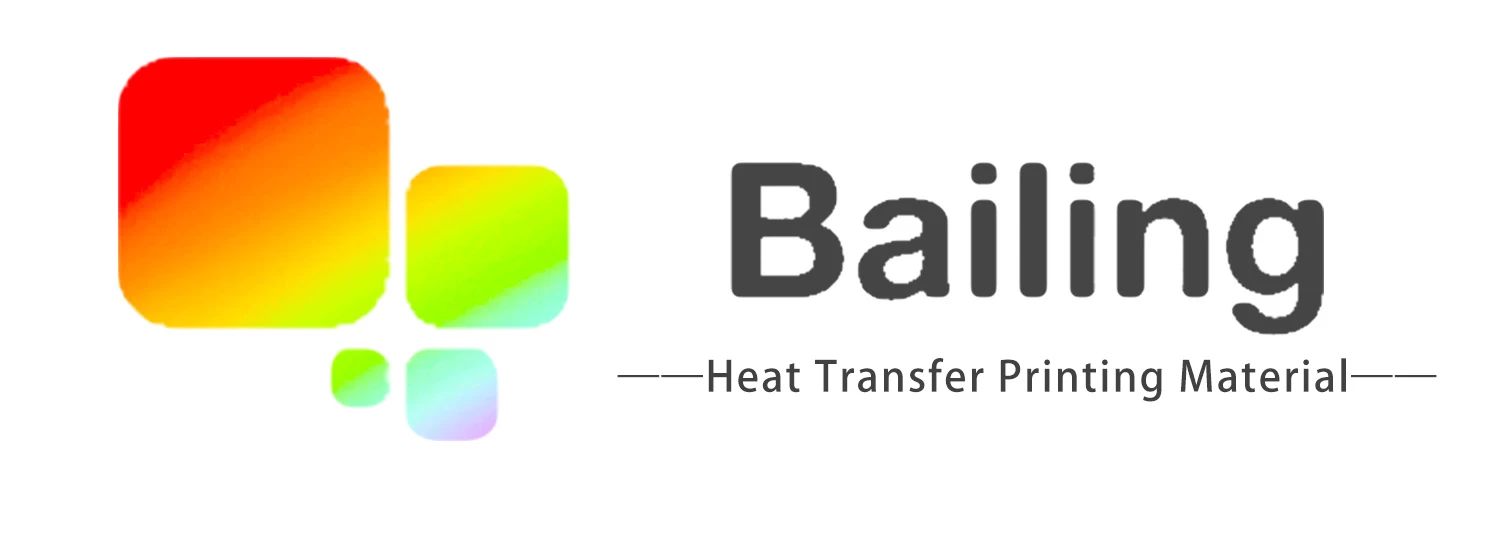DTF film: hot tear or cold tear, which is better? How to choose?
DTF film is one of the most important consumables in the DTF white ink hot stamping printing process. T-shirt printing must transfer the printed pattern to the clothing in order to complete (therefore DTF film is also known as DTF transfer film). Hot tear film and cold tear film are two types of DTF films used for transfer.
The main difference between hot tear film and cold tear film is that hot tear film is more efficient, suitable for large patterns and lower printing temperatures (140 ℃ -150 ℃). Cold tear film can be applied to a wider range of fabrics, with high long-term water wash fastness and lower cost.
TF film (DTF PET film, DTF transfer film) is a special coated film used for DTF (direct film) printing, transferring patterns onto fabrics or other materials. It usually consists of six layers: base layer, release layer, adhesive layer, printing layer, protective layer, and anti-static layer. (All information about DTF film)
In order to meet different DTF printing requirements and achieve the best print output quality, two versions of DTF film are usually provided: hot tear film and cold tear film. How to use DTF film
DETAILED DIFFERENCES BETWEEN HOT TEAR FILM AND COLD TEAR FILM
The main components of DTF film: hot tearing and cold tearing
To ensure better release effect, the main component of the hot tear film is wax, which is difficult to melt and apply evenly. Therefore, the requirements for coating processes are more stringent.
The main component of cold film is silicon. Compared to hot tear film, silicon is easier to melt and apply to thin films. That's why cold tear film is more stable than hot tear film on the market.
Hot release film and cold release film: different pressing temperatures and processing times
The hot release film needs to be pressed at a temperature of 140-150 ℃ for 5-10 seconds and 2-3 seconds after cooling.
The pressing temperature of cold release film is longer than that of hot release film, usually between 150-170 ℃ for 10-20 seconds. After pressing, it takes about 30 seconds to cool down before tearing off.
Hot tear film and cold tear film: application materials, transfer characteristics
Both hot tear film and cold tear film are suitable for various fabrics, but cold tear film is very suitable for some special fabrics such as tarpaulins, coated fabrics, etc., and can also be applied to rough fabrics such as canvas and flannel. These fabrics have sufficient time to restore their adhesion and flatness after hot pressing.
If hot tear film is used on the above materials, it is easy to produce wrinkles and may even damage the fabric, resulting in a lower printing effect than cold tear film.
Therefore, cold tear film is more suitable for printing complex patterns, small letters and icons, complex lines, and transfer textures that require higher quality.






